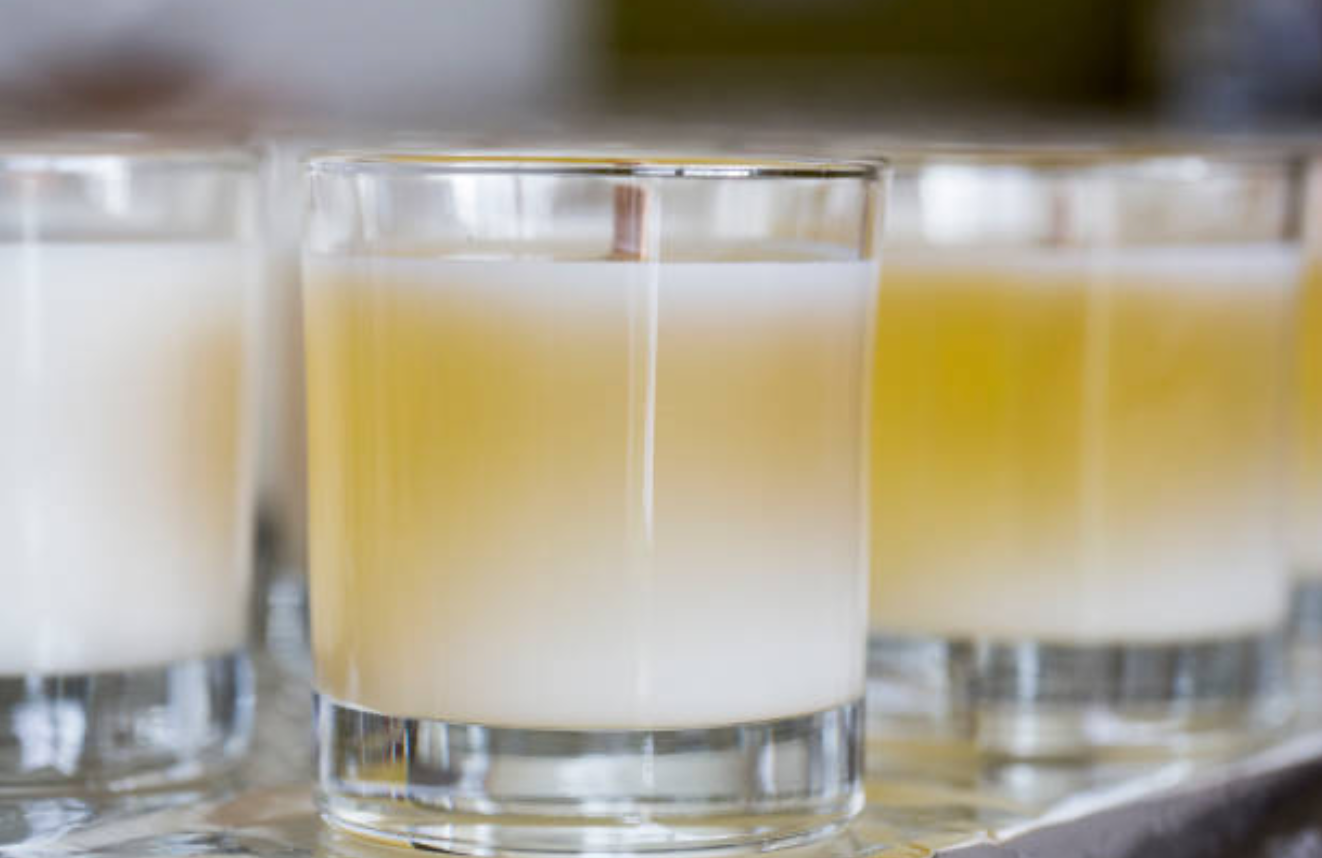Get your calculators ready because we're about to turn candle making into a math party! Trust me, it's not as dry as a desert – it's more like a math magic show with wax and fragrance as the stars.
Step 1: Let's talk wax. So, you've got these cool vessels you want to fill with wax and make them glow like enchanted potions, right? First things first, figure out how much wax these vessels can handle. Check if your supplier already spilled the beans on the vessel's volume in grams for wax – if they did, high-five, you're skipping to step 2. If not, no worries, we'll play detective.
Here's the fun part. Grab your vessel and measure how much water it can hold by weight – that's either in milliliters (ml) or grams (g). Place your vessel on a scale and tare it to zero. Then, pour in water until you reach the desired fill level, leaving a little space for the wick. If you don't have a scale, use a measuring jug that measures in ml – because 1ml of water equals 1g of weight.
But wait, we're not done. Candle wax isn't best buddies with volume – it's all about that weight. See, wax is like that cool friend who's a little lighter than water at a party. It's about 90% as dense as water. In other words, if water had a party trick, wax would be it. So, you can't just use the same amount of wax as water – you'd end up with more wax than your vessel can handle.
Let's do a little wax math. Say your vessel can hold 200ml/g, but you only fill it with 150ml/g of water. Here's the formula: 150g (water) x 0.90 (wax's density) = 135g. That's how much wax you need for that vessel. Nailed it!
Step 2: Multiplying the Wax Love Now, if you're not just making one candle but a whole army of them, it's time to do the multiplication dance. Multiply that calculated wax amount by the number of vessels you're planning to fill. Let's say you're making 20 candles – 135g x 20 = 2700g (2.7kg) of wax. Boom!
Step 3: Scent-Sational Fragrance Hold on, we're not done yet. You're not just dealing with wax here; you've got fragrance to consider too. Let's not suffocate your candles with too much wax and not enough room for that lovely scent.
If you're aiming for a 10% fragrance load in a single vessel that needs 135g of wax, the fragrance calculation is simple: 135g wax x 10% = 13.5g of fragrance.
Now, subtract that fragrance weight from the total wax needed for one vessel: 135g wax - 13.5g fragrance = 121.5g wax. That's your new wax hero for a single vessel.
And there you have it! Your math journey has turned you into a candle-making genius. But hey, if you're still feeling like you're drowning in numbers, no worries. Join our virtual candle-making class, and we'll guide you through the wax and fragrance wonderland step by step. Let's turn those numbers into beautifully scented candles!






Leave a comment
All comments are moderated before being published.
This site is protected by hCaptcha and the hCaptcha Privacy Policy and Terms of Service apply.